When choosing the right luggage for your travels, various options exist. Each type of luggage has unique features and benefits, from suitcases to backpacks, duffel bags to carry-ons.
Whether you’re a frequent flyer or an occasional traveler, finding the perfect luggage can make all the difference in ensuring a smooth and hassle-free journey. We will explore the various types of luggage to help you make an informed decision.
From size-based classifications like checked luggage, carry-on bags, travel totes, and duffel bags to material-based classifications featuring hard shell, soft shell, and leather luggage – we delve deeper into each category. But that’s not all! We also provide key aspects to consider.
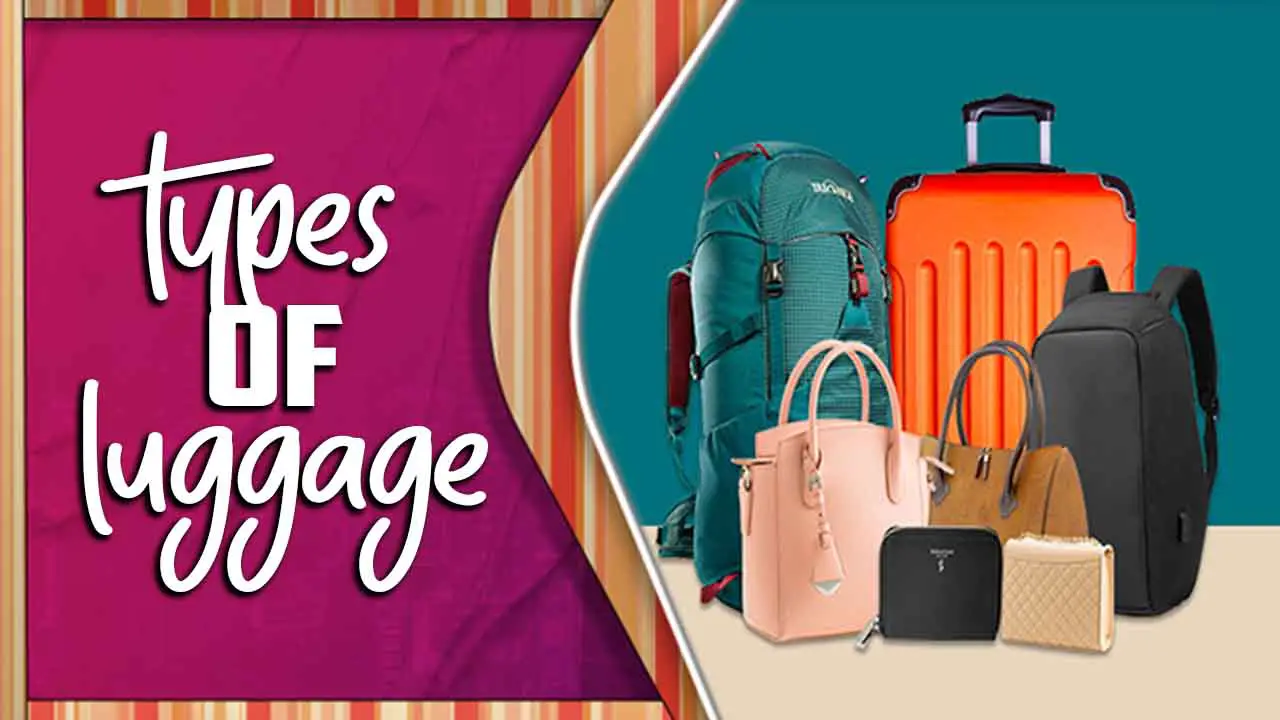
Exploring The Various Types Of Luggage
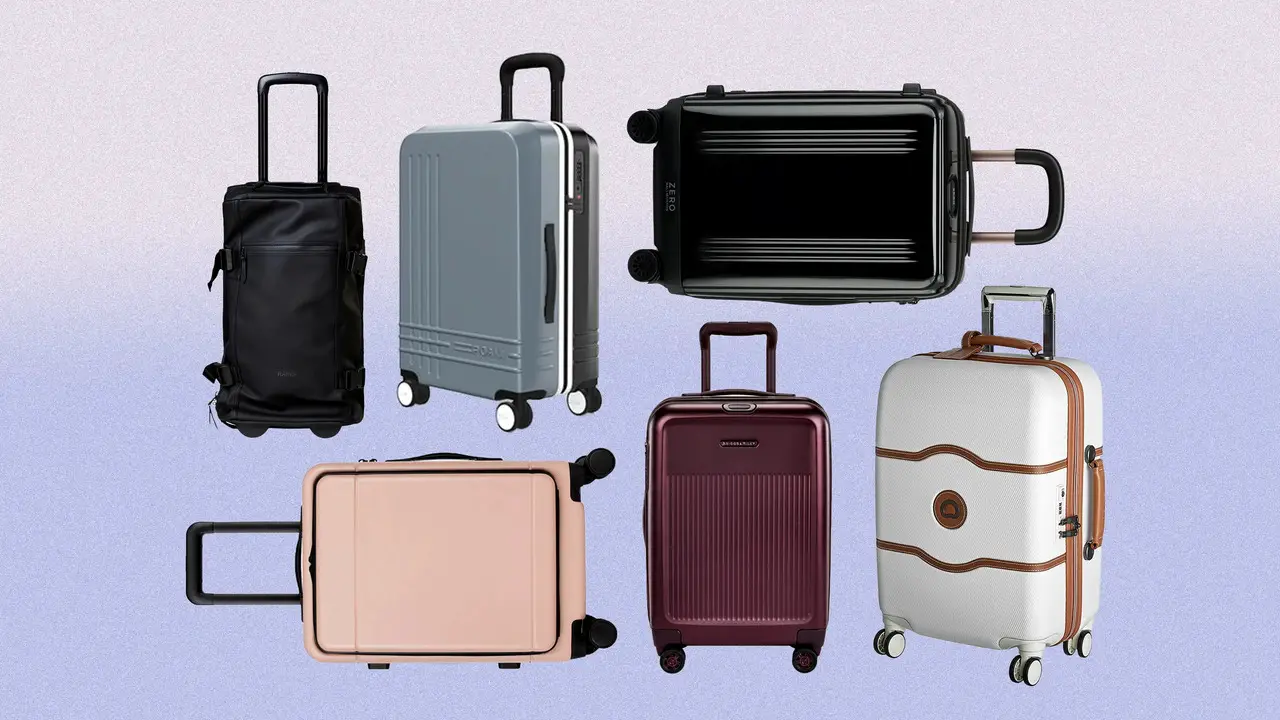
When traveling, having the right luggage can make all the difference. In this section, we will explore the various types of luggage to help you find the perfect fit for your needs. Suitcases are the most common type of luggage, offering a wide range of sizes and features.
Backpacks are ideal for those who prefer hands-free carrying and versatility. Duffel bags are great for short trips or as additional bags for longer journeys. Designers create carry-on bags to meet airline size restrictions, making them perfect for quick getaways. Garment bags are specifically made to keep clothing wrinkle-free during travel. Rolling bags, often found in suitcase or duffel bag styles, feature wheels for easy manoeuvrability.
Size-Based Classification Of Luggage
Luggage can be classified based on size, ranging from small carry-on bags to large checked-in suitcases. Carry-on luggage is typically smaller and designed to fit in the overhead compartment of an aeroplane. Passengers must check their larger luggage at the airline counter before boarding.
Other types of luggage include duffel bags, backpacks, and garment bags, each with unique features and intended uses. When choosing luggage, consider factors such as durability, weight, storage compartments, and ease of manoeuvrability.
Material-Based Classification Of Luggage
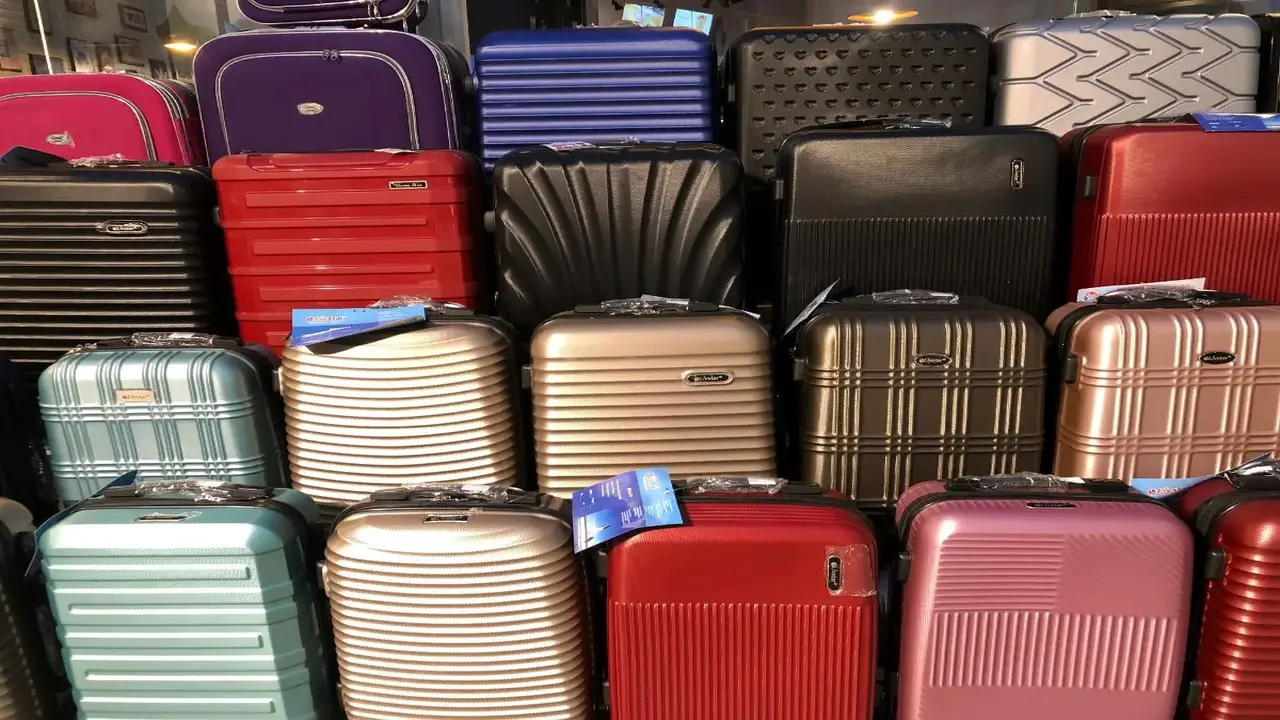
Luggage can be classified based on the material it is made from. Hard-sided luggage, typically made from polycarbonate or aluminium, offers better protection for fragile items. On the other hand, soft-sided luggage, usually made from fabrics like nylon or polyester, is more flexible and lightweight.
Leather luggage is known for its durability and luxury appeal, while hybrid luggage combines elements of both hard-sided and soft-sided designs for added versatility. Consider your specific travel needs before choosing a type of luggage.
Delving Deeper Into Size-Based Luggage Types
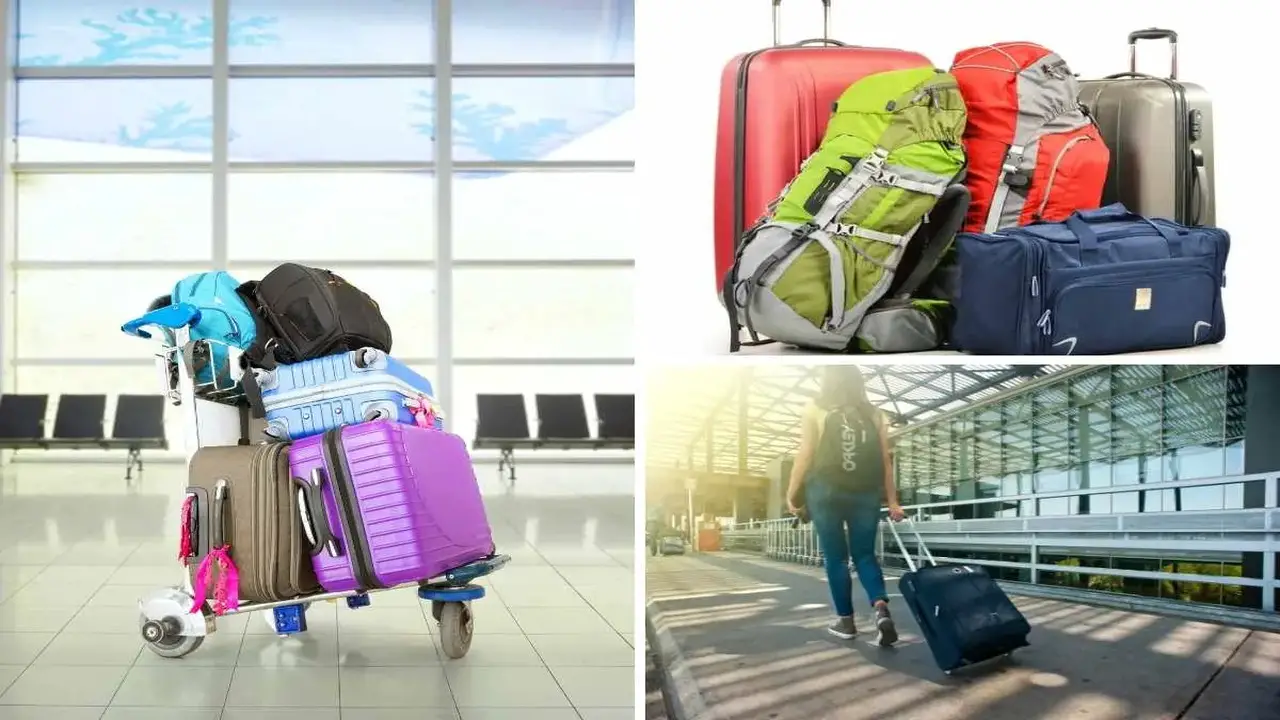
When choosing the right luggage for your travel needs, understanding the available types is essential. Carry-on luggage is perfect for short trips and conveniently fits in overhead compartments. On the other hand, passengers must check larger suitcases before a flight as checked luggage.
Duffel bags offer flexibility and versatility, making them great sports or weekend getaway options. Backpacks are ideal for hands-free traveling, especially for outdoor adventures. Garment bags are designed to keep clothes wrinkle-free during travel, making them essential for business trips or formal occasions. Lastly, spinner luggage features 360-degree wheels for easy manoeuvrability.
Understanding Checked Luggage
Checked luggage, also known as hold luggage, encompasses larger suitcases and bags typically stored in an aeroplane’s cargo hold during travel. These types of luggage are heavier and have larger dimensions than carry-on luggage. They are suitable for longer trips or when you need to bring more items.
Airlines impose different size restrictions on checked luggage, so it’s crucial to check the specific requirements before packing. Common examples of checked luggage include standard suitcases, duffel bags, and large-wheeled backpacks.
The Convenience Of Carry-On Bags
Carry-on bags allow travelers to keep their belongings with them at all times without the hassle of checking in larger suitcases. These small, compact bags meet the size restrictions imposed by airlines for hand luggage.
Ideal for short trips or those who prefer to travel light, carry-on bags often feature multiple compartments and pockets for easy organization and quick access to essentials during the journey. With their compact size and durable construction, carry-on bags are the right fit for travelers seeking ease of use and limited space.
The Versatility Of Travel Totes
Travel totes are versatile for all types of trips, whether a quick weekend getaway or a longer business trip. Travel totes, are built to last from durable materials like nylon or leather. They come in various sizes, allowing you to choose the perfect one for your needs.
With multiple pockets and compartments, you’ll have ample storage space for all your belongings. Some travel totes even feature additional conveniences like wheels or convertible straps. Travel totes are the perfect companion for any journey.
The Flexibility Of Duffel Bags
Duffel bags are highly regarded for their flexibility and versatility, making them an excellent choice for various travel needs. They offer ample storage space in different sizes, from small carry-on duffels to larger oversized ones. Manufacturers typically make duffel bags out of durable materials like nylon or canvas to ensure longevity.
With multiple compartments and pockets, they provide convenient organization for your belongings. Moreover, duffel bags can be carried by hand, worn as a backpack, or wheeled using built-in handles and wheels. They are popular for weekend getaways, sports activities, and as an extra bag for longer travels.
An Insight Into Material-Based Luggage Types
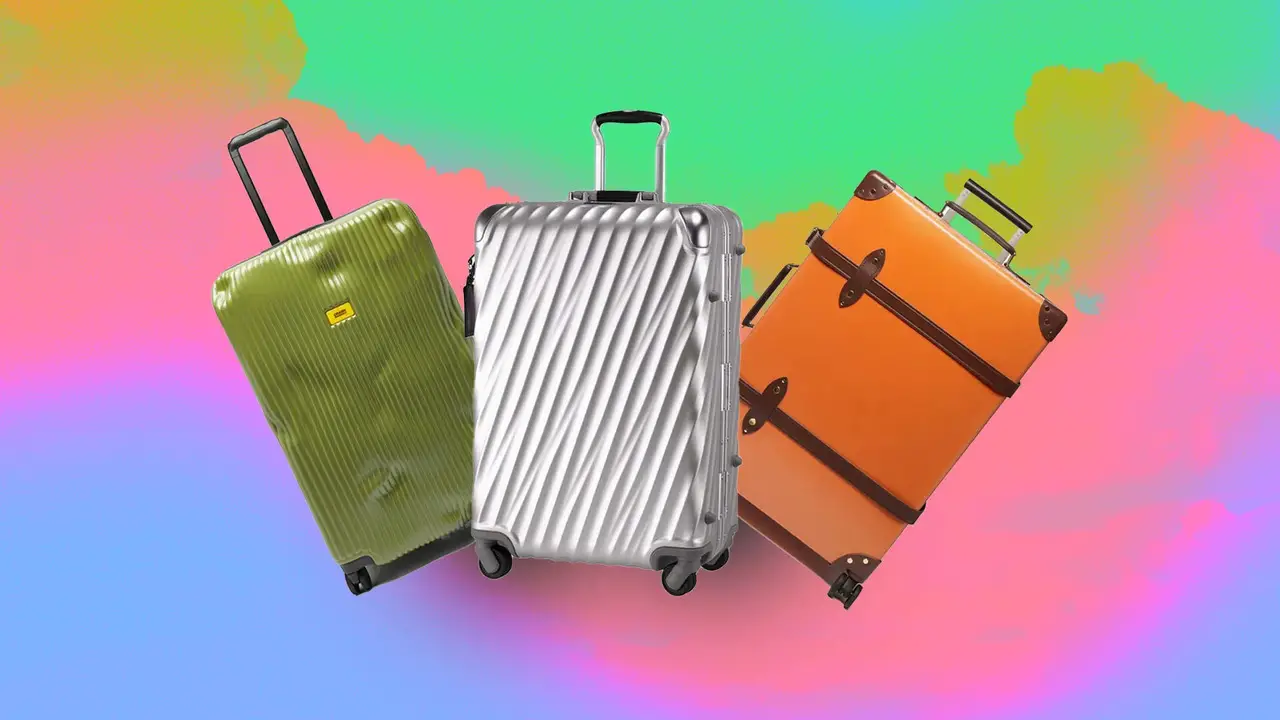
When choosing the right luggage for your travel needs, understanding the different types of materials is crucial. Hardshell luggage offers exceptional durability and protection for your belongings. Softshell luggage, on the other hand, is lightweight and flexible, with additional pockets for easy organization.
Leather luggage is stylish and durable, although it may require more maintenance. Fabric luggage is versatile and lightweight but may not be as durable as other materials. Hybrid luggage combines the best features of both hardshell and softshell options. Finally, designers design carry-on luggage to fit in overhead compartments, making it perfect for short trips.
The Durability Of Hard Shell Luggage
When it comes to durability, hard shell luggage is a top choice. Made from materials like polycarbonate or ABS plastic, this type of luggage is known for its resistance to impact. Hard shell options are more resistant to scratches and dents than soft-sided luggage. They also offer waterproof capabilities, making them ideal for travel in wet or rainy environments.
The rigid structure of hard shell luggage provides better protection for fragile items, such as electronics or glass bottles. However, it’s important to note that hard-shell luggage can be heavier than soft-sided options and may have less flexibility in terms of packing capacity.
The Comfort Of Soft Shell Luggage
Soft shell luggage, crafted from flexible materials like nylon or polyester, offers a comforting travel experience. Thanks to its lightweight construction, this type of luggage is easy to manoeuvre, making it perfect for travelers on the go. With expandable compartments, soft shell luggage provides ample packing space, ensuring you don’t have to compromise on what to bring.
Its flexibility allows it to fit into tight spaces like crowded car trunks or overhead bins on planes. Its ability to absorb impact makes it less likely to get damaged during rough handling. However, it’s worth noting that soft-shell luggage may not provide as much protection for delicate items as hard-shell luggage.
The Elegance Of Leather Luggage
Leather luggage is renowned for its timeless elegance and impressive durability. Crafted from high-quality, full-grain leather, it develops a rich patina over time, adding to its allure. Designed to withstand rough handling, leather luggage is resistant to scratches and tears, making it a reliable travel companion.
However, regular maintenance, including conditioning and cleaning, is required to keep it looking its best. With various styles available, such as suitcases, duffel bags, and carry-on bags, leather luggage caters to diverse travel needs.
Key Aspects To Consider When Selecting Luggage
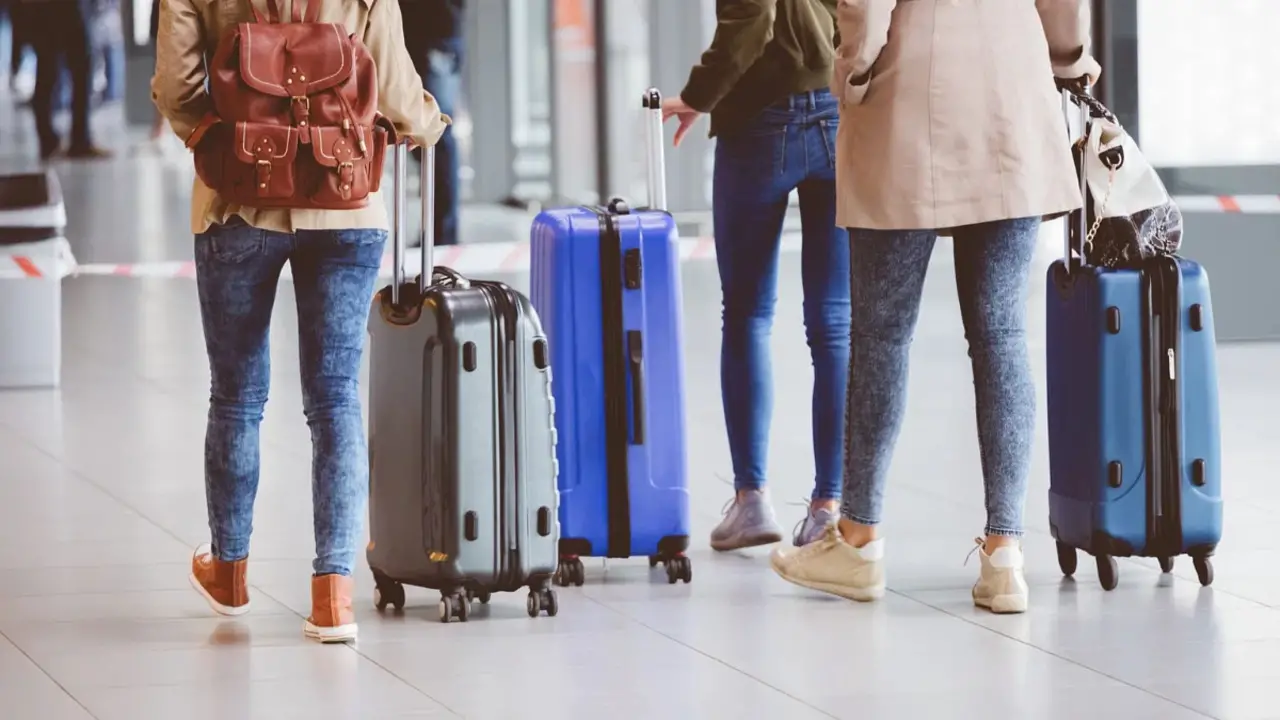
When selecting luggage, there are key aspects to consider. First, think about the size and capacity you need. Make sure it meets airline restrictions. Next, prioritize durability. Look for sturdy materials that can withstand rough handling.
Smooth-rolling wheels and comfortable handles are important for easy manoeuvrability. Consider luggage with compartments, pockets, and dividers to stay organized. Security features, such as TSA-approved locks, will protect your belongings. Lastly, choose a style that suits your personal preferences and travel needs.
Importance Of Size In Luggage Selection
When selecting the right type of luggage, it is essential to consider the size that best suits your needs. Different types of luggage come in various sizes, including carry-on, medium, and large options. Carry-on luggage is perfect for short trips or when you want to avoid checked baggage fees.
Medium-sized luggage offers additional space, making it ideal for longer trips or packing more items. On the other hand, large-sized luggage is best suited for extended vacations or if you need to pack bulky items like winter clothing or sports equipment.
Role Of Security Features In Luggage Choice

When choosing the right luggage, security features play a crucial role in keeping your belongings safe. Some common security features to consider are lockable zippers, TSA-approved locks, and built-in combination locks. Lockable zippers provide an extra layer of security by allowing you to secure your luggage with a padlock or TSA-approved lock.
Airport security can open and inspect luggage without damaging it if it has TSA-approved locks. Built-in combination locks eliminate the need for separate padlocks and offer convenience. Ensure that your chosen luggage has reliable and durable security features.
Relevance Of Durability In Luggage Purchase
When selecting luggage, durability is a crucial factor to consider. It determines how well your luggage can withstand the rigours of travel. Look for high-quality materials like polycarbonate, ballistic nylon, or aluminium, which offer excellent durability. Pay attention to the construction of the luggage, including reinforced corners, sturdy handles, and reliable zippers.
Additionally, consider the provided warranty, as a longer warranty often indicates confidence in the product’s durability. For frequent air travelers or those with heavy packing requirements, opting for more durable options like hardshell suitcases is advisable.
How To Choose The Right Luggage For Your Travel Needs?
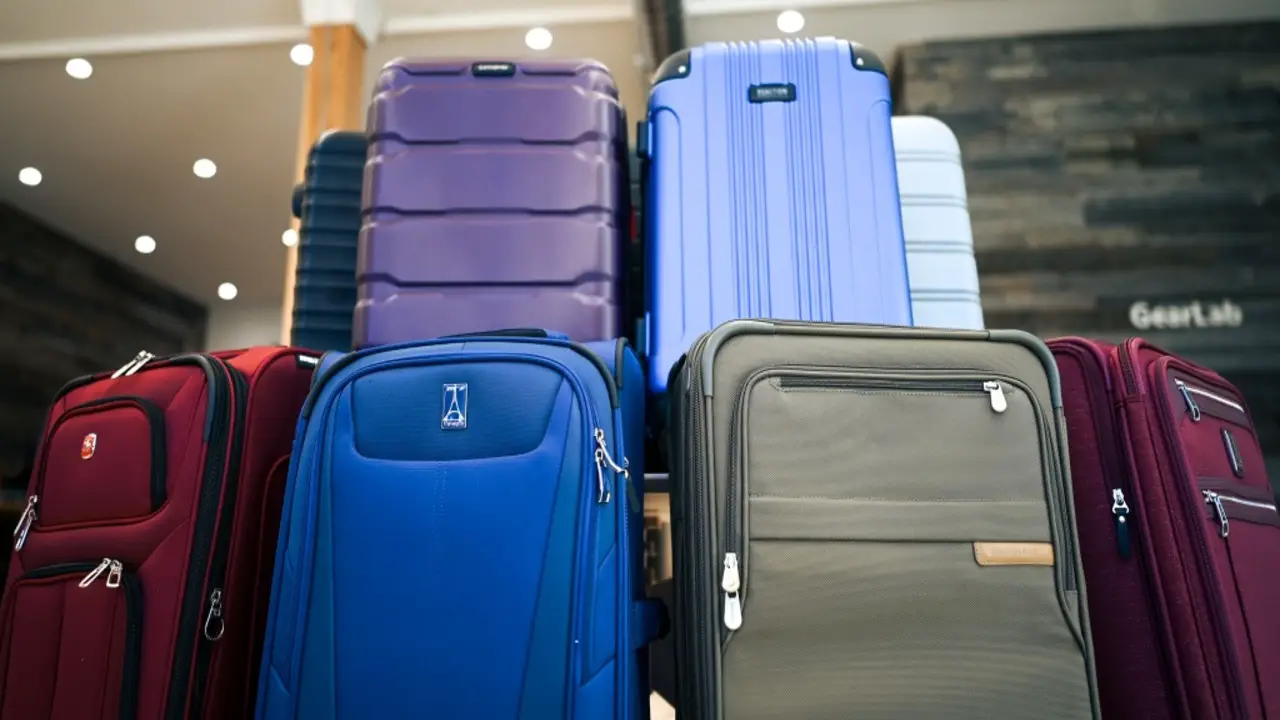
Choosing the right luggage for your travel needs ensures a smooth and hassle-free journey. There are several factors to consider when making your selection. First, think about the type of travel you will be doing. If you frequently travel by air, lightweight and durable luggage with wheels is a great option for easy maneuverability through airports.
A sturdy duffel bag or backpack may be more suitable for road trips or train travel. Next, consider the size and capacity of the luggage. If you tend to overpack, opt for a larger suitcase or a set of nested suitcases to accommodate all your belongings. Additionally, consider the important features, such as expandable compartments, TSA-approved locks, or built-in charging ports.
Finally, don’t forget about style! Choose luggage that reflects your personal taste and makes a statement while still being practical. Considering these factors, you can find the perfect luggage to meet your travel needs and make your journey more enjoyable.
Conclusion
With so many options available, choosing the right types of luggage for your travel needs can be overwhelming. However, by considering key aspects such as size, security features, and durability, you can make an informed decision that suits your specific requirements.
A wide variety of luggage options are available to suit every traveler’s needs. Whether you prefer a traditional suitcase, a backpack, or a duffel bag, there is a type of luggage that will work for you. When choosing the right luggage for your travels, it is important to consider factors such as durability, size, and functionality.
By selecting the right types of luggage, you can ensure that your belongings are protected and organized throughout your journey. So whether you’re planning a weekend getaway or a month-long adventure, choose the right type of luggage to make your travels as smooth and stress-free as possible.
Frequently Asked Questions
1.What Are Different Kinds Of Luggage?
Ans: Different kinds of luggage include suitcases, backpacks, duffel bags, and carry-on bags. Suitcases come in various sizes and designs, like hardshell or softshell options. Backpacks are versatile and ideal for travel or outdoor adventures. Duffel bags are spacious and flexible, perfect for sports or weekend getaways.
2.What Is The Most Common Type Of Luggage?
Ans: The most commonly used type of luggage is the suitcase. Suitcases come in various sizes, from carry-on bags to large checked bags. They typically have a hard or soft shell and are equipped with wheels for easy transportation. Suitcases offer ample storage space and often include organization features to keep your belongings neatly arranged.
3.What Kind Of Luggage Is Best To Buy?
Ans: Choosing the best kind of luggage to buy, it all depends on your specific needs and preferences. Hardshell suitcases offer durability and extra protection for fragile items, while soft side suitcases are more flexible and can expand to accommodate additional items. Consider factors like size, weight, durability, and features when deciding.
4.Which Is Lighter Hard Or Soft Luggage?
Ans: Soft luggage is generally lighter than hard luggage. It is made of lightweight materials like fabric or nylon, while hard luggage is made of heavier materials like polycarbonate or ABS. However, the weight can vary based on brand and design.
5.What Is The Best Type Of Luggage For Traveling?
Ans: The best type of luggage for traveling ultimately depends on your individual needs and preferences. Hardshell suitcases offer durability and enhanced protection for delicate items, while soft side suitcases provide flexibility and expandability. Travel backpacks are a popular choice for hands-free travel and easy maneuverability.


